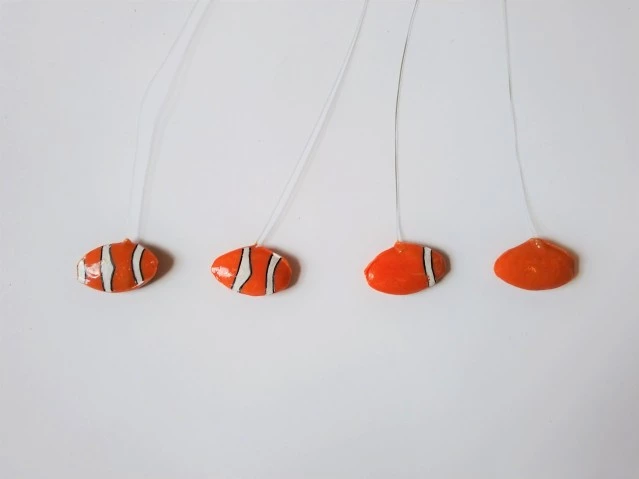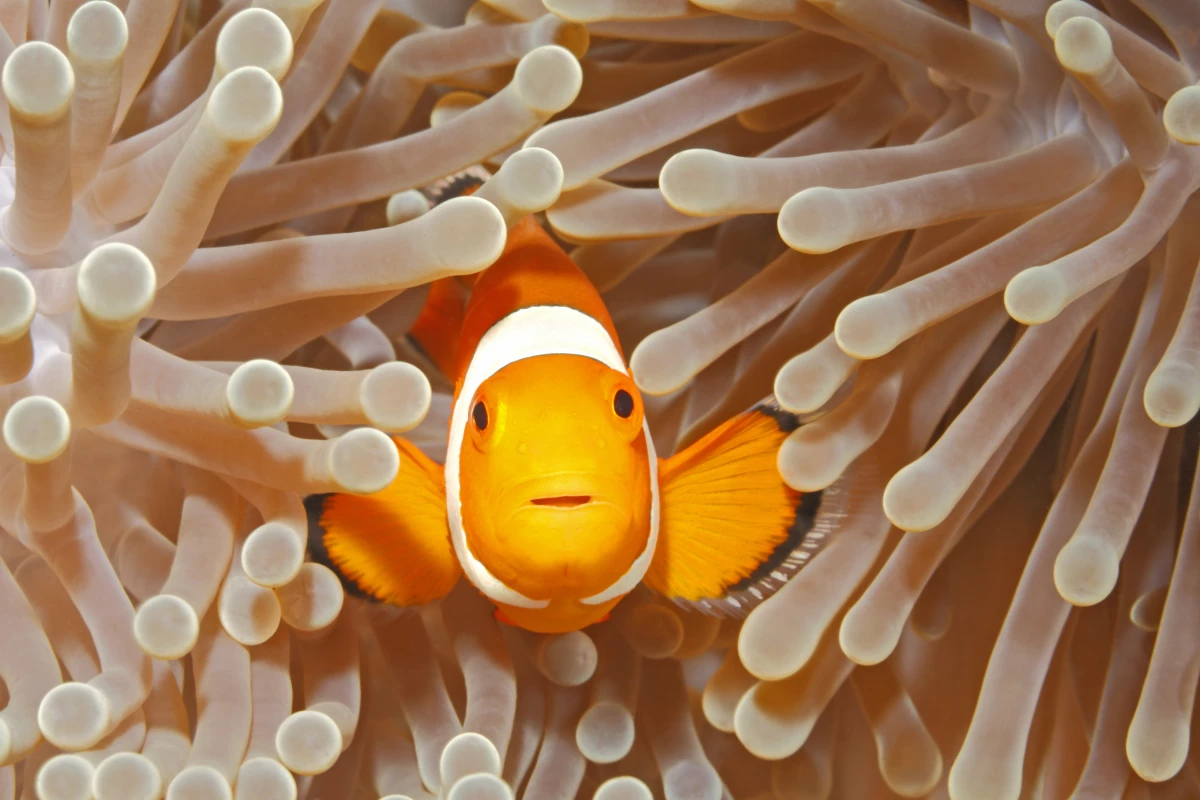It’s safe to say that this distinctive orange and and white creature is one of the most recognizable fish on the planet, due largely to the 2001 hit Finding Nemo. Now, scientists have discovered they also recognize each other, counting the white stripes along their sides, in order to relentlessly harass their own kind out of their space.
Okinawa Institute of Science and Technology (OIST) researchers found that these cute clownfish, or anemonefish (Amphiprion ocellaris), will accept visitors into their communal anemones – as long as they don't look the same as them. Sadly, there is no Disney ending, in which the fish learn to see past first impressions and accept their surprise guest; instead, the tri-striped lookalike intruder will be aggressively bitten and chased away by the colony's alpha.
“The frequency and duration of aggressive behaviors in clown anemonefish was highest toward fish with three bars like themselves,” explained first author Kina Hayashi from the Marine Eco-Evo-Devo Unit at OIST. “While they were lower with fish with one or two bars, and lowest toward those without vertical bars, which suggests that they are able to count the number of bars in order to recognize the species of the intruder.”
The team determined this unique behavior in two laboratory experiments. In one, individuals of different clownfish species – therefore sporting different numbers of white stripes – were placed in cases inside a tank housing a tri-striped colony, with researchers recording the time it took for the colony fish to stare down and circle the visitor. Next, the colony was given plastic discs painted realistically like other clownfish species, including their own, and their aggression towards the objects was measured.

The clownfish in the tank acted the most aggressively towards the fish and the models that had three stripes, while attacks and circling became less frequent as white bars were reduced. Because the fish have no other defining traits, the researchers believe the clownfish 'count' the white stripes in order to inform the intensity of their aggressive response.
In the study, the scientists also observed the rigid hierarchy in the colony. In the wild, an alpha female, who has matured to display all three stripes – and who has a slight size advantage – would be in charge of attacking intruders. While juveniles were used in this experiment, the team saw that the largest fish took on the same role as alpha of the colony.
Clownfish share one of nature's most fascinating symbiotic relationships with anemone (Heteractis magnifica). Anemones belong to the phylum Cnidaria, which includes jellyfish and coral. Like those animals, they also have tiny stinging tentacles, or nematocysts, that deliver toxic compounds to unsuspecting prey. However, because the clownfish is born with a robust armor of mucous, which by adulthood is many times thicker than that of other fish, they can happily live among the anemones, swapping shelter for nutrients provided via their waste.
“Anemonefish are interesting to study because of their unique, symbiotic relationship with sea anemones," said Hayashi. "But what this study shows is that there is much we don’t know about life in the marine ecosystems in general."
The study was published in the Journal of Experimental Biology, and in the video below, see how unhappy the clownfish are when they're confronted with a fake version of themselves.
Source: OIST





